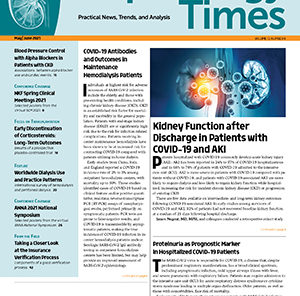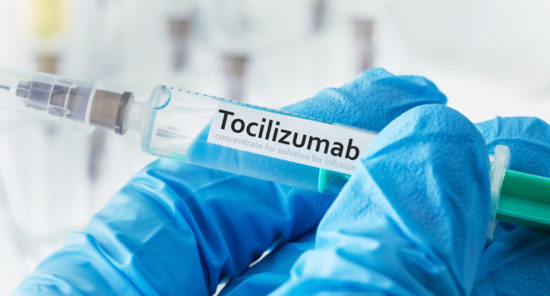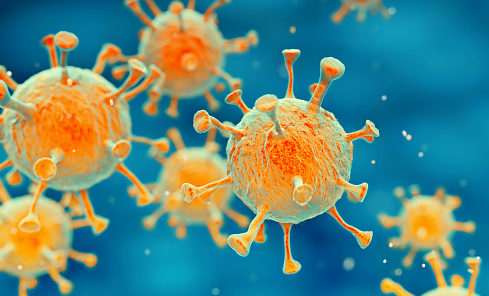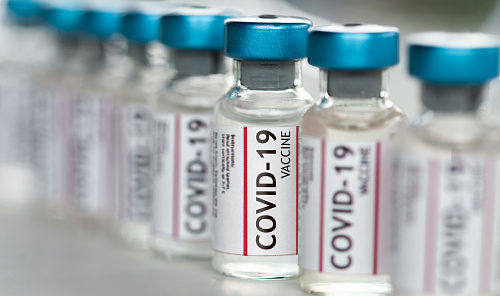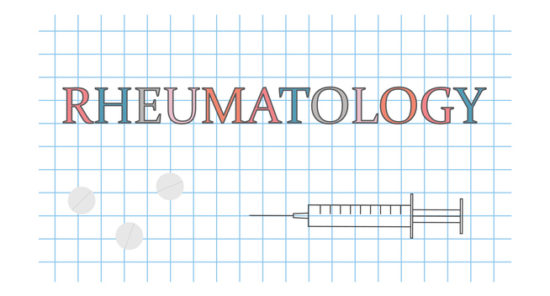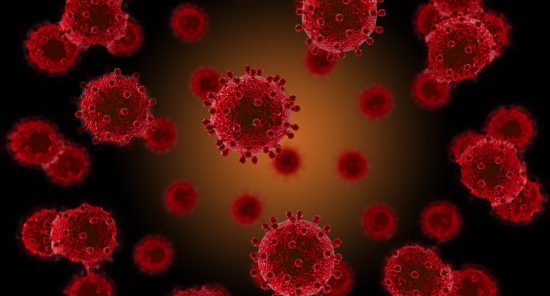As COVID-19 data continue to be published, though, non-COVID-19 studies are also ongoing.
Here are several recent studies highlighting the non-COVID-19 impacts of baricitinib.
Hematological Changes in RA Patients
Baricitinib was associated with decreases in neutrophils in RA patients, according to a study published in RMD Open.
The researchers collected data from eight randomized clinical trials and one long-term extension. They assessed changes in hematological parameters up to 128 weeks (n=2,387) and overall baricitinib safety up to six years (n=3,492).
Within one month, mean absolute neutrophil counts decreased (−1.36×109/L); they then stabilized and remained in the normal range through week 128. Over a 24-week placebo-controlled period, neutropenia was not associated with an increased risk in serious infections. An increase in mean lymphocyte counts was observed at one month (+0.30×109/L) but by weeks 12 to 24 decreased to baseline. An increase was observed in mean platelet counts at week two (+51×109/L) before dropping back near baseline.
“Overall, mean haemoglobin concentrations decreased (−0.12 mmol/L), then returned to baseline; however, reduced baseline haemoglobin concentrations observed in the highest baseline high-sensitivity C reactive protein quartile increased over time,” the authors further observed.
Baricitinib in SLE
A phase II, 24-week, randomized, placebo-controlled, double-blind study published in Lupus Science & Medicine assessed changes in global gene expression in patients with systemic lupus erythematosus (SLE) who received baricitinib.
“In a phase II study of baricitinib, patients with SLE showed improvement in arthritis or rash at week 24, as well as SRI-4 and other secondary endpoints. Baricitinib, therefore, has the potential to simultaneously affect several key cytokines implicated in the pathogenesis of SLE,” the study authors explained.
Whole blood from 274 patients was used to obtain RNA, which was evaluated with Affymetrix HTA2.0 array. Quantitative assays were used to measure serum cytokines.
Compared to baseline, elevation was observed in STAT1, STAT2 and multiple interferon (IFN) responsive genes. Baricitinib was associated with reduced mRNA expression of STAT1-target, STAT2-target, and STAT4-target genes, as well as several IFN responsive genes. The drug also reduced serum interleukin (IL)-12p40 and IL-6 cytokine levels at week 12; the decrease persisted through week 24.
Atopic Dermatitis
Baricitinib, when combined with background topical corticosteroid (TCS) therapy, yielded significant improvements in symptoms of moderate to severe atopic dermatitis (AD), according to a study published in JAMA Dermatology.
Moderate to severe AD patients with an inadequate response to TCSs were randomized 1:1:1 to receive 2 mg of baricitinib once daily (n=109), 4 mg of baricitinib once daily (n=111), or placebo (n=109) for 16 weeks. Patients were allowed low-to-moderate potency TCSs. The main outcome was the proportion of patients who attained a validated Investigator Global Assessment for Atopic Dermatitis (vIGA-AD) score of 0 (clear) or 1 (almost clear), with at least a 2-point improvement over the study period.
A greater proportion of patients in both baricitinib treatment groups achieved a vIGA-AD score of 0 or 1 (4 mg, n=34 [31%]; 2 mg, n=26 [24%]) compared to the placebo group (n=16 [15%]). Treatment-emergent adverse events (AEs) were more likely to occur in the baricitinib 4 mg (n=64 [58%]) and 2 mg (n=61 [56%]) groups than the placebo group (n=41 [38%]). However, the rate of serious AEs was similar among the groups (n=4 [4%], n=2 [2%], and n=4 [4%], respectively).
Credit: Original article published here.

